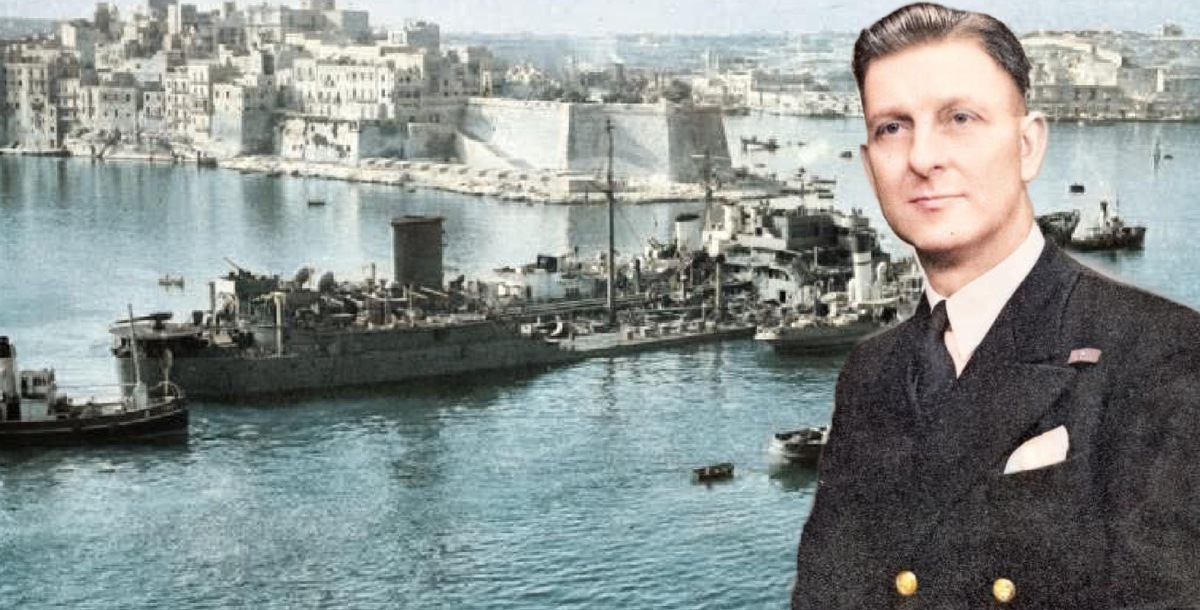The Mediterranean theater during World War II witnessed many dramatic operations—none more so than Operation Pedestal in August 1942. It came about because the island fortress of Malta, Great Britain’s last remaining base in the Mediterranean after the fall of Crete and Greece, was under siege.
Malta sits in the Mediterranean Sea almost midway between Italy and North Africa. Its location was perfect for intercepting supply convoys to Field Marshal Erwin Rommel’s Afrika Korps and Italian forces in North Africa.
This was not the island’s first time being beseiged with overwhelming force. Most famously, during the Crusades a religious order known as the Knights of Malta successfully fought off an invasion by Muslim troops. This tiny band of fewer than 500 men successfully held off an invasion force 20 times their size.
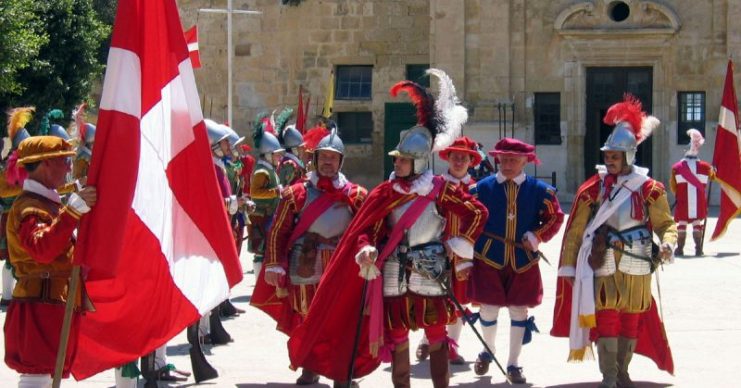
Now in the 20th century Malta’s small garrison of troops, planes, and guns would be forced to hold off the combined might of the German Luftwaffe and Italian Air Force. British Naval forces that were initially based at Malta were forced back to the relative safety of the port of Alexandria in Egypt by German air raids. Alexandria was out of range of almost all German aircraft. Malta was not so lucky.
Malta’s air defenses consisted initially of only four antiquated Gloster Gladiator biplanes which were easily outclassed by everything in the German and Italian arsenal. These were later reinforced by newer aircraft such as Hurricanes and Spitfire fighter aircraft as well as light and medium bombers.
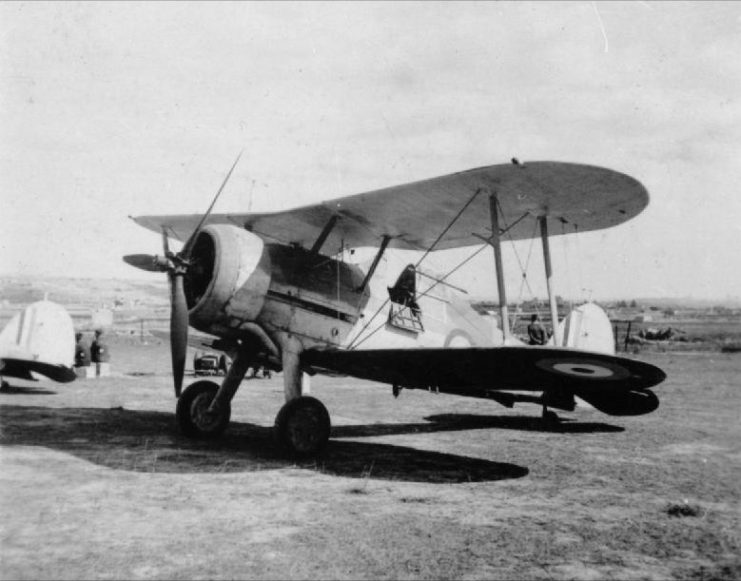
During the siege, Great Britain would try to fly in or ship in all the aircraft and men it could to reinforce Malta’s defenses and help them keep fighting back. The population and defenders of Malta dug in to weather the storm.
https://youtu.be/gHW7xhCx_t0
Planes sortied daily from the island to harass German supply convoys as well as defend against incoming air raids. Malta essentially functioned like an unsinkable aircraft carrier. Daily, German and Italian air raids attempted to knock out Malta’s air power.
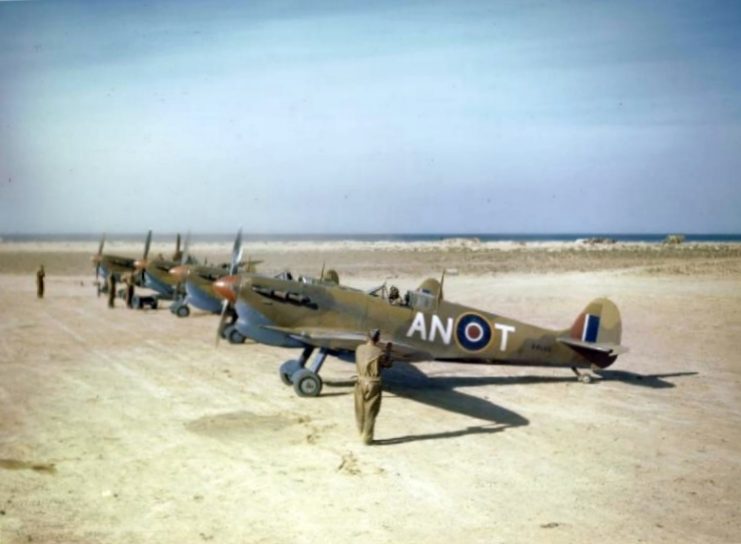
In fact, Germany and Italy were getting close to succeeding. Supplies on Malta, especially aviation fuel, were running low. The Allies, as the United States was now involved in the war, quickly hatched a plan to reinforce Malta’s garrison. Codenamed Operation Pedestal, it was a convoy composed of supply ships, aircraft carriers to deliver more planes, and most importantly, tankers carrying precious aviation and diesel fuels.
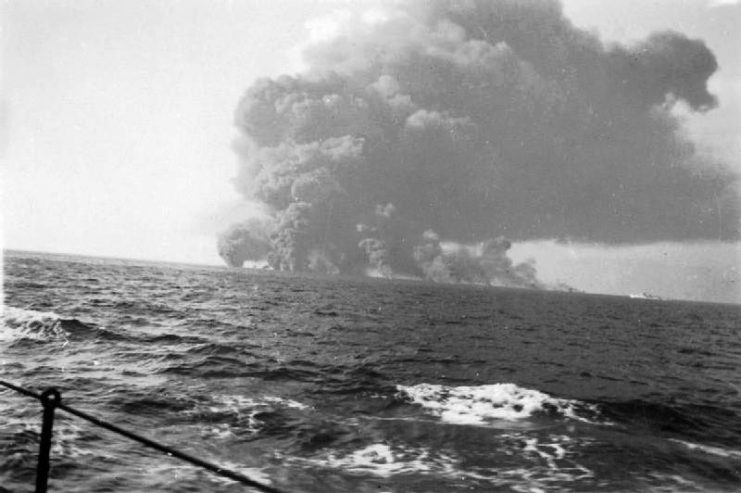
Among these ships was the one that would later be considered to be the savior of Malta: the SS Ohio. An unlikely savior, this large oil tanker was almost defenseless. Built in the U.S. for the Texas Oil Company (now Texaco) and launched in 1940, she was unceremoniously requisitioned and loaned to Great Britain earlier in 1942 to support the war effort. Manned by a brave British crew, she joined the relief efforts of Operation Pedestal.
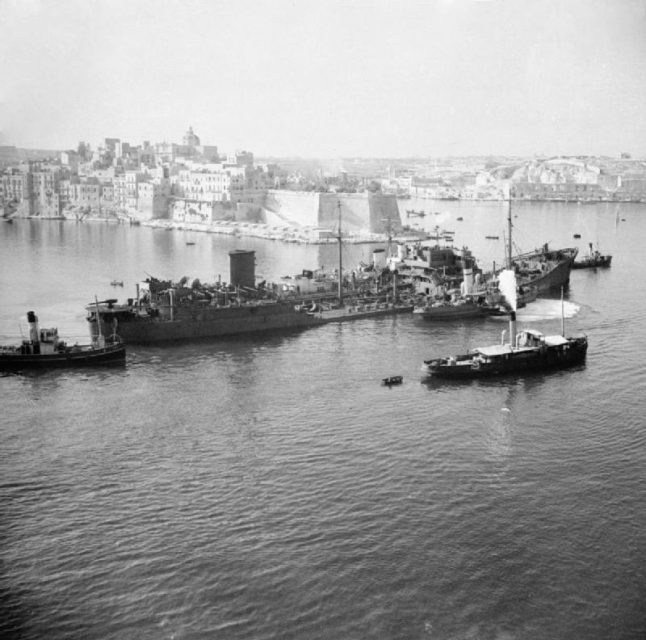
The operation’s convoy was escorted and very heavily defended with heavy and light cruisers, destroyers, and multiple aircraft carriers. It was hoped with such a large escort, most of the precious supplies would get through to keep Malta alive.
The mighty escort force fought bravely to bring as much of the convoy through as they could. Ohio was particularly important as she carried vital kerosene and diesel fuels.
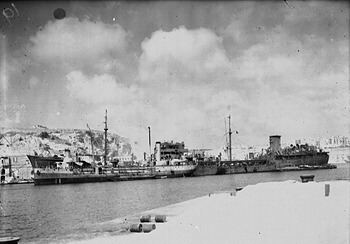
Even though the escorts fought hard, they could not protect the convoy from being attacked. Numerous supply ships were hit and sunk as were several of the heavily armed escorts. As for the Ohio, she was quickly torpedoed and heavily damaged.
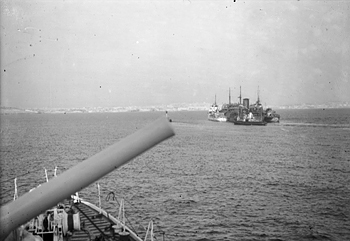
This was not the end for her though. She was further damaged by multiple bomb hits and even two German planes which crashed onto her. Her brave crew refused to abandon ship and refused to abandon Malta. Putting out the fires and getting the situation back under control, they continued sailing the half-crippled ship.
Another bomb then knocked out her engines, forcing the Ohio to be taken under tow. With the aid of other ships she slowly but successfully made her way into the harbor at Valletta, where she proceeded to start to sink at the dock.
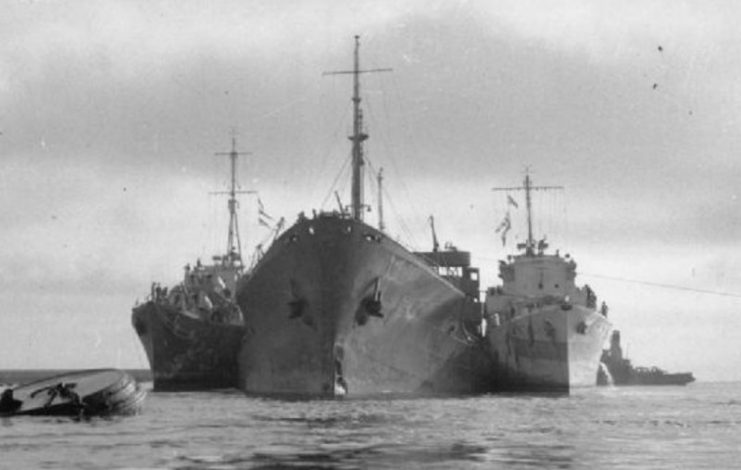
The British however were ready for this and and more than willing to send salvage crews down to pump out her lifeblood of oil. Working nonstop and sometimes while under aerial attack, they were able to create connections to the swiftly sinking tanker. The salvage workers managed to transfer the precious fuel out of Ohio‘s tanks and into an undamaged fleet auxiliary tanker.
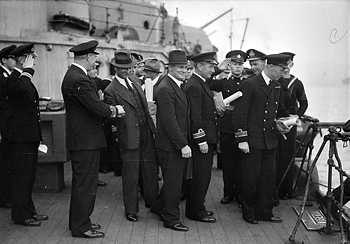
As the last drops were pulled out of the Ohio her keel settled on the bottom where she lay with her back broken, splitting in two. Later salvaged off the bottom, the two pieces of her hull were used first as storage and later as barracks facilities. They were then towed out to sea and scuttled after the war, leaving only some small pieces in Maltese museums to remember her by.
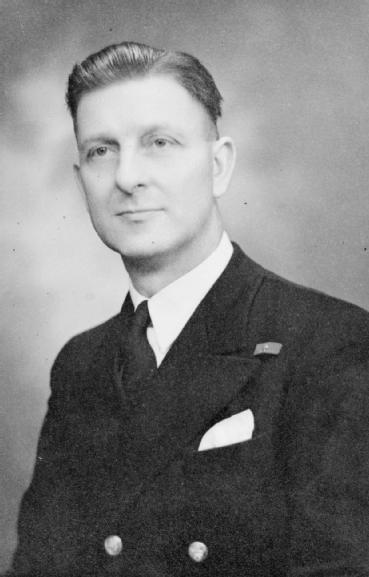
The Ohio may have had a short career, but she and her cargo are credited with enabling Malta to survive the siege, which some people credit as a turning point in the war effort in the Mediterranean.
